|
|
The clean comfortable condition of the trench would suggest the Germans were planning to stay a long time; in contrast with the British trench system, where soldiers were discouraged from getting too comfortable and reluctant to get out of the trench and attack. Alan Burgess asks: “I came across your website while researching a name – William Sanderson- of Loftus, who served in the RAMC in world war one. He served with my grandfather, Robert Thornton; while they were serving together my grandfather kept a couple of sheets of handwritten notes and mentioned that ‘Sandy’ had won a military Medal for ‘..rescuing officers in the field’. I was wondering if anyone had any further information and possibly a photograph, I have a selection of photographs (from my grandfather) one of these may be of William Sanderson and my Grandfather but I’m not sure. I would appreciate any information.”
Many thanks to Alan Burgess for the update, can anyone assist in his researches?
Skinningrove ironworks, was targeted several times during the great war by Zeppelin Airships. A raid by German Naval Airship L.9. Commanded by Kapitanleutnant Odo Loewe, on the 8th september 1915, Dropped bombs on the Benzol house part of the coke ovens, and Blast Furnaces. fortunately missing the T.N.T. plant. ‘Zeppelins over Skinningrove’ another post on the Archive gives a perspective as to the actual raids during World War I.
The stark ruins of Ypres, fought over for four years, the remains of the town were rebuilt after the war.
Menin Gate Memorial to the British and Empire missing in the Mons and Ypres battles in Belgium, over 50,000 names are inscribed on the walls.
A British General having left his H.Q miles behind the front surveyed a scene like this burst into tears and said ”My God did we actually send men to fight in this?”.
Menin Gate Memorial to the missing of the Mons and Ypres campaigns in Belgium. The last post is sounded every night at 8pm by the Belgians, in a moving ceremony; still repeated to this day.
German prisoners of war trudge into captivity escorted by Scottish soldiers; in the shattered landscape a horse, bloated in death lies in the road. Horse and mule casualties matched the human toll; World War I was the last to see horses used. The piles of chalk suggest a location on the Somme.
British soldiers advancing across no mans land, from their pace the battle seems to have moved further on.
A rest area just behind the front line. A field kitchen is preparing a meal, whilst some of the soldiers wash and shave; probably for the first time in days!
Scottish soldiers trudge through the ever-present mud, carrying bedding perhaps on the way to a rear rest area. The Germans called Scottish soldiers ”The Ladies from Hell”.
|
|
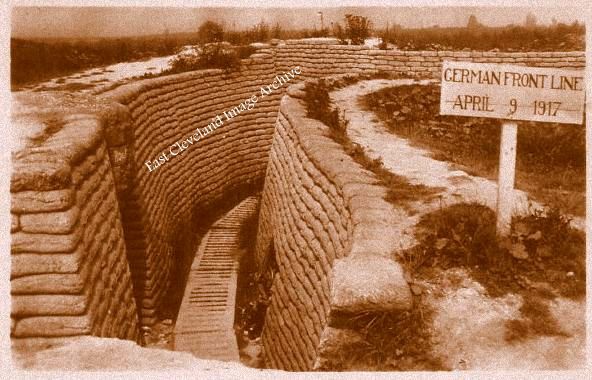
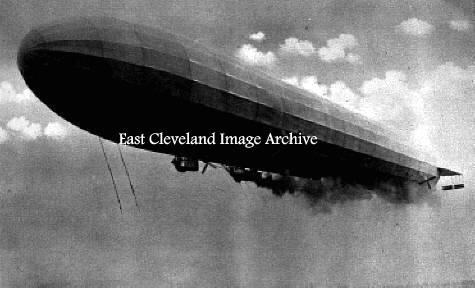
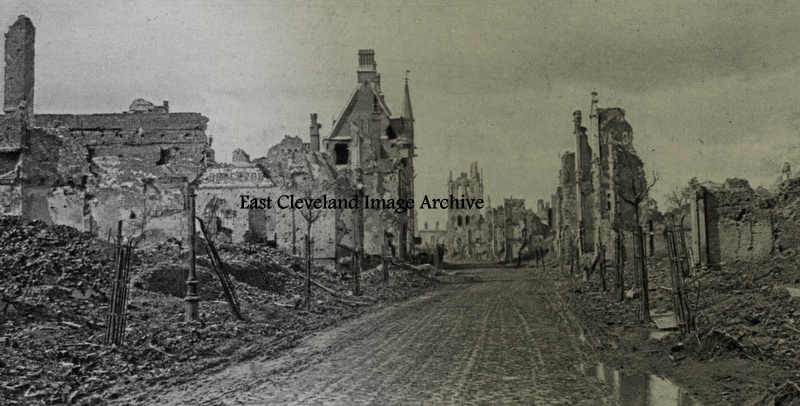
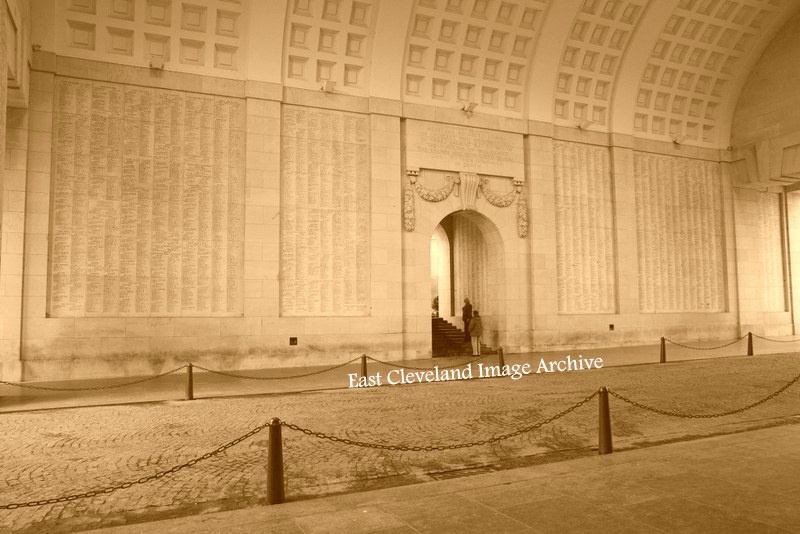
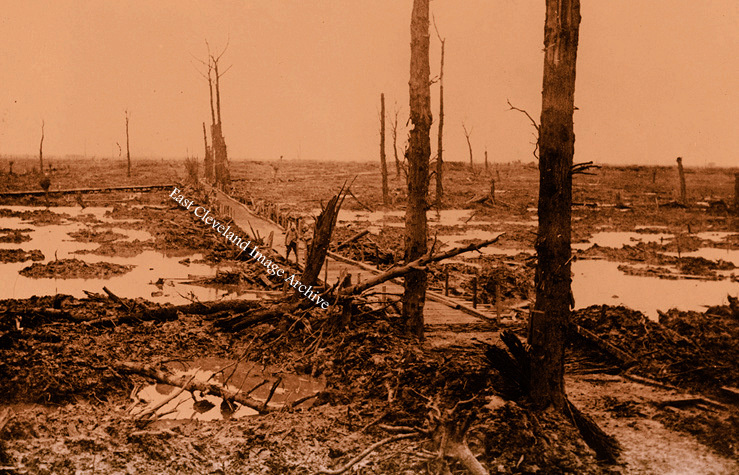
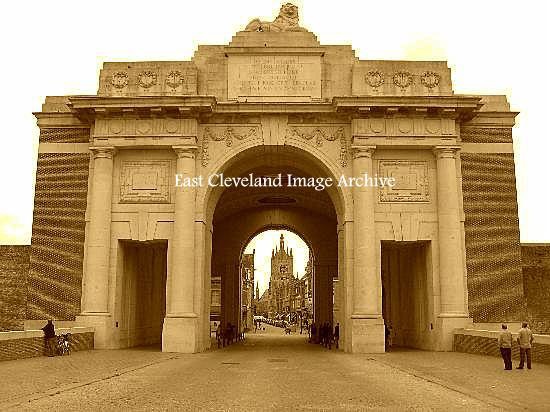
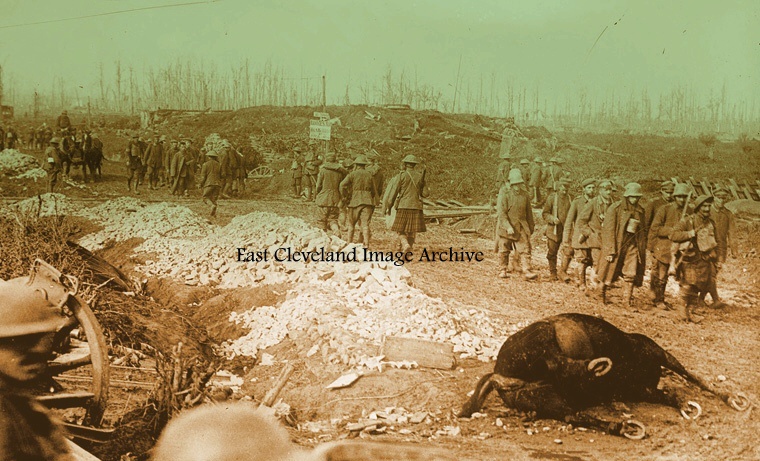
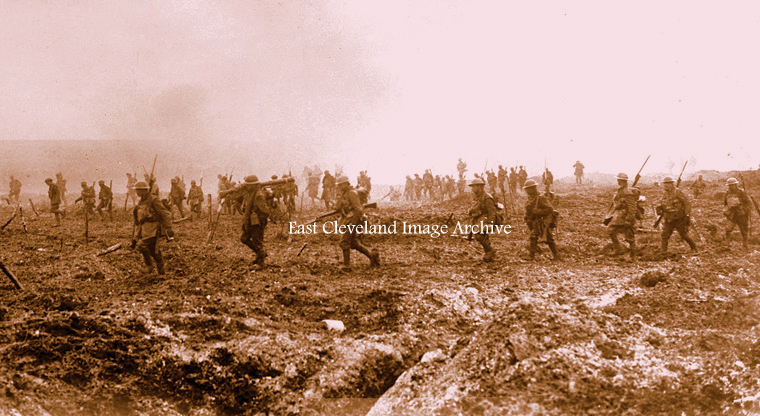
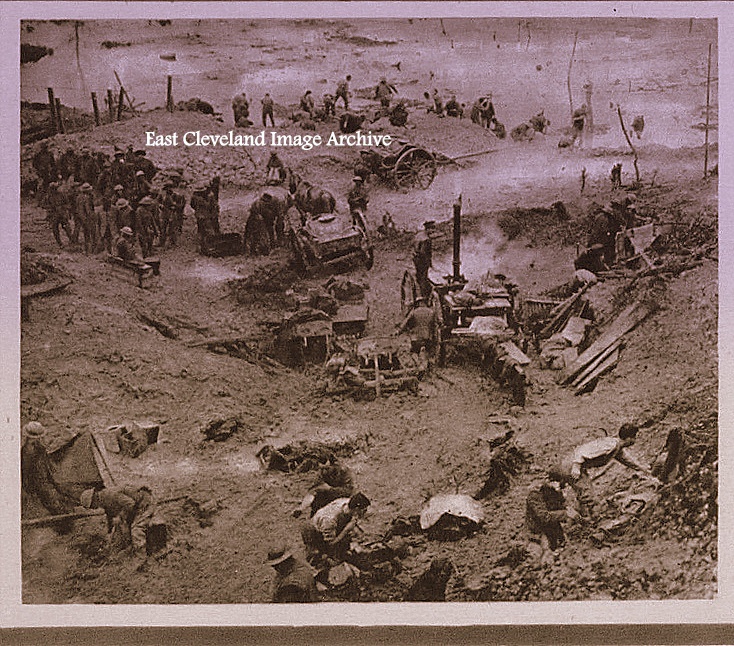
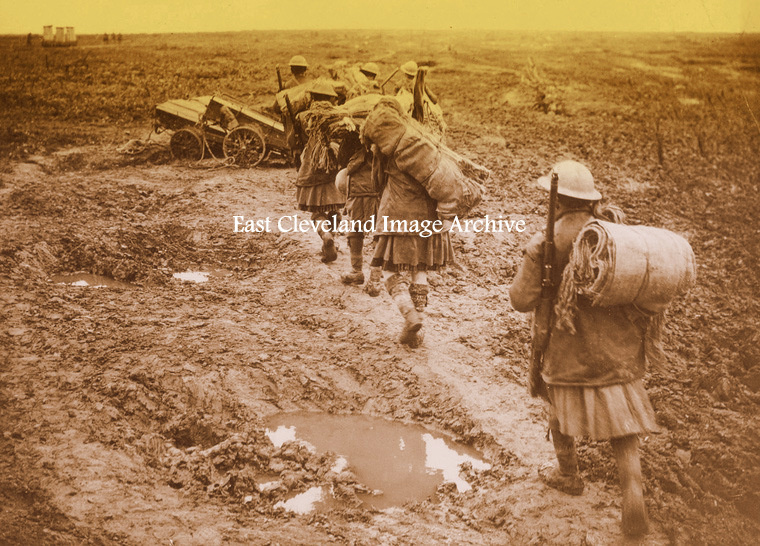
Recent Comments